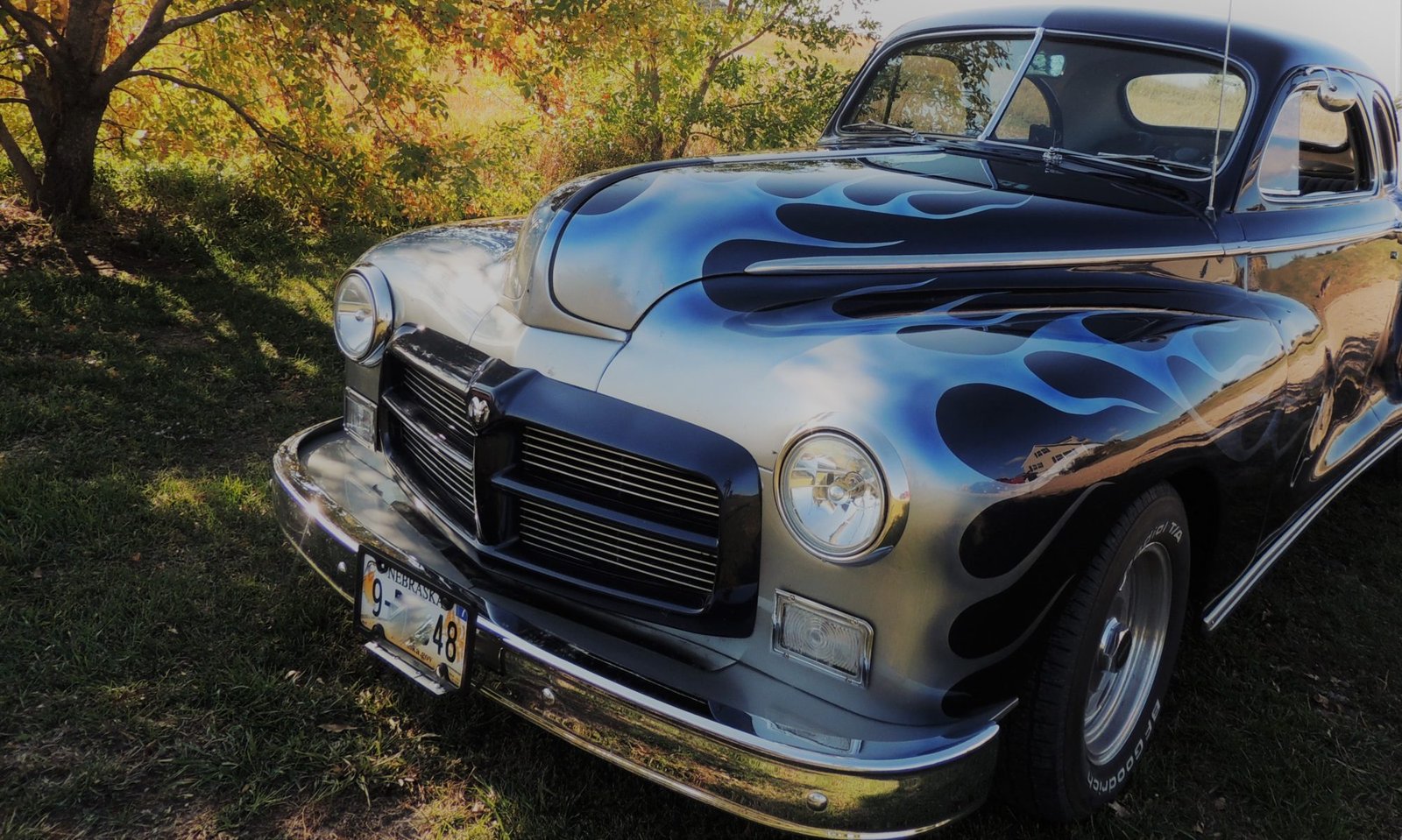My last post mentioned the Pittsburgh Six, an automobile that was first manufactured by Fort Pitt Motor Manufacturing Co. in New Kensington, Pennsylvania in 1908. It was designed by an engineer with German ancestry that went by the name Baron von Rottweiler. If you think that sounds like a phony name, that’s because it was a phony name. His real name was Paul Buchspeis, and he was not actually a baron. He was, however, a German spy.
In 1918, while World War I was raging on, von Rottweiler was working as the vice president and manager of Paramount, a plant that manufactured airplane and motorcycle motors. His exceptional ability as a mechanical mathematician had just won him a commission as a captain in the ordnance department of the United States Army. He represented himself as a US citizen and, not only was this apparently not the case, but he had already been under surveillance by Department of Justice agents for two years. It was reported that he had come to the attention of federal agents when a female friend had remarked casually to her employer that “Rotty” was a paid agent of the German government and had boasted that he had mapped the St. Lawrence river for Germany and had hidden explosives along the banks of that river for use by Germany upon their projected arrival in the United States or Canada.

Newspapers at the time reported that Von Rottweiler was part of a system of spies built up by Johann Heinrich von Bernstorff (ambassador) and Franz von Papen (military attaché) and that he had conveyed documents to von Bernstorff that he had obtained through his membership in the Society of American Automobile Engineers. He had also gained admission to one of the largest munition plants in the country through his role as general manager of Paramount. Federal agents closed in and both von Rottweiler and one of his employees, mechanic Frank Newbert, were arrested and jailed, charged with failure to register as an alien enemy.

In June, von Rottweiler was being transferred to Fort Oglethorpe, Georgia, when he escaped from federal marshals in Chattanooga, Tennessee. Von Rottweiler had an American wife from Dansville, New York, and the feds put her under surveillance, scrutinizing every scrap of mail she received. Their efforts paid off when they learned the missus planned to meet her fugitive spouse at a Chicago hotel. Federal agents crashed the party and surprised the pair during their little tryst.
For his part, von Rottweiler proclaimed his innocence and insisted he was born in America, but investigators dug up his marriage license which listed Charlottenburg, Germany as his place of birth. He arrived at Fort Oglethorpe for internment in September of 1918, and that is the last mention I could find of him in the newspapers. Newspapers did report at the time that von Rottweiler had the distinction of perfecting the first six-cylinder engine in America. I have not been able to verify that, but there is no doubt that the Pittsburgh Six was one of the earlier six-cylinders. I found a 1955 interview with a man who had actually worked on the Pittsburgh Sixes, and this is what he said about them:
“There were six separate cylinder blocks, and double ignition, by a battery and coil for starting, and a high-tension magneto for running.
Gasoline tank was of 20-gallon capacity, kept automatically at three pounds pressure when the motor was running. Spark and gasoline were controlled by hand levers on the steering wheel. The gasoline consumption must have been tremendous, for the cylinders were 4 3/4-inch bore and 5 1/4-inch stroke. That’s about the total piston displacement that a modern 300 horsepower engine would have, using high compression and high grade gasoline.
The rear axle gear ratio was 2 5/8 to 1, which must have put a heavy load on the motor. Modern cars vary from 3.9 to around 4.27 to 1.
But there were many things on the old Pittsburgh that we think distinctly modern.
All models were two-tone in decoration, roadsters in French gray and maroon, touring cars in ultramarine blue and yellow. It had a seven bearing crankshaft with bronze bearings and sealed universal joints.”

























































